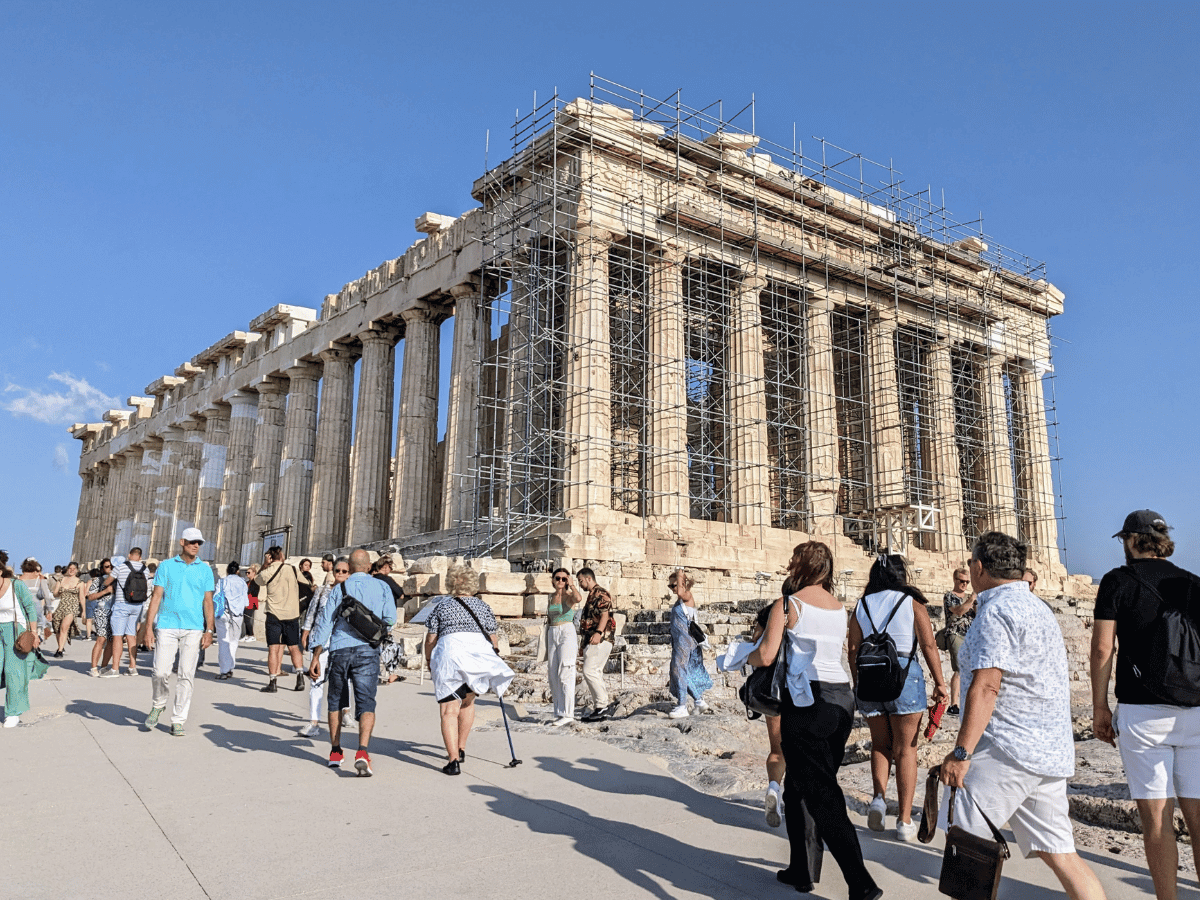In August 2023, my husband and I travelled to Greece and Türkiye. It was a special journey — not just a holiday, but a return, a meeting, and a pilgrimage.
We spent time in the villages of northern Greece (Macedonia) where his parents were born and raised, and we met family we had not known before. For my husband, a first-generation Australian and the son of Greek immigrants, it was a kind of homecoming, profoundly moving and healing. And for me, going to Greece was the realisation of a lifelong dream.
Over seven weeks, we visited numerous sacred sites, including Dodona, Delphi, Delos, and Knossos in Greece, as well as Aphrodisias, Stratonikeia, and Lağina in Türkiye. But this blog entry is about Athens and Athena.
The city of Athena
We spent about a week in Athens — the city of Athena, the Greek goddess of wisdom, handicrafts, war, and patron and protector.
You can see the Acropolis from almost anywhere in the city centre. She watches over it all. I was excited to discover that I could see the Parthenon from our hotel balcony, bathed in glorious summer light each morning, and illuminated at night.
When I was a child, I first encountered the Greek deities and heroes in Gods, Demigods & Demons: An Encyclopedia of Greek Mythology by Bernard Evslin. Artemis was the one who called to me — wild, free, defiant. As a city girl, I didn’t run barefoot through forests, but I longed for her freedom and fierce independence. Artemis was my first goddess.
Athena came later. She arrived when I went to university, carrying with her the strength of intellect and sharp edge of strategy. My devotion to her waxed and waned in the years following, but she never abandoned me. Today, she is a significant deity in my pantheon, and I dedicate my studies, crafts, writing, and truth-seeking to her. July is the month I devote to learning more about her, writing prayers, reflecting and asking questions.
In Athens, I felt her everywhere. I could almost imagine what it might be like to live in a pagan city and serve the goddess as a priestess in her temple. I felt the call to dedicate myself fully to Athena as her priestess. I still feel it sometimes, but I’ve made a quiet promise to myself not to enter into that kind of relationship with any deity just yet.
The Acropolis
I purchased tickets to the Acropolis and most of the attractions weeks and months in advance online. Due to the extreme heat wave temperatures, the Ministry of Culture closed the Acropolis and other archaeological sites during peak hours to protect visitors and tourists. It’s understandable, but I admit that I would have been terribly disappointed if I had not been able to visit the Acropolis. But throughout our holiday, we were savvy, lucky, protected by the gods, or all three, and everything fell into place.
We went to Greece late in the season. We just missed catastrophic floods in central Greece. By the time we arrived in Athens, it was still hot and busy, but the extreme heat had broken by then, and the crowds were thinner.
We went to the Acropolis during the late afternoon, when there were fewer tourists. The queue to enter was short and moved quickly, and we soon made our way up to the Parthenon. The Parthenon is, of course, the crowning glory of the Acropolis, but there is a lot to see along the way, including the beautiful Odeon of Herodes Atticus.
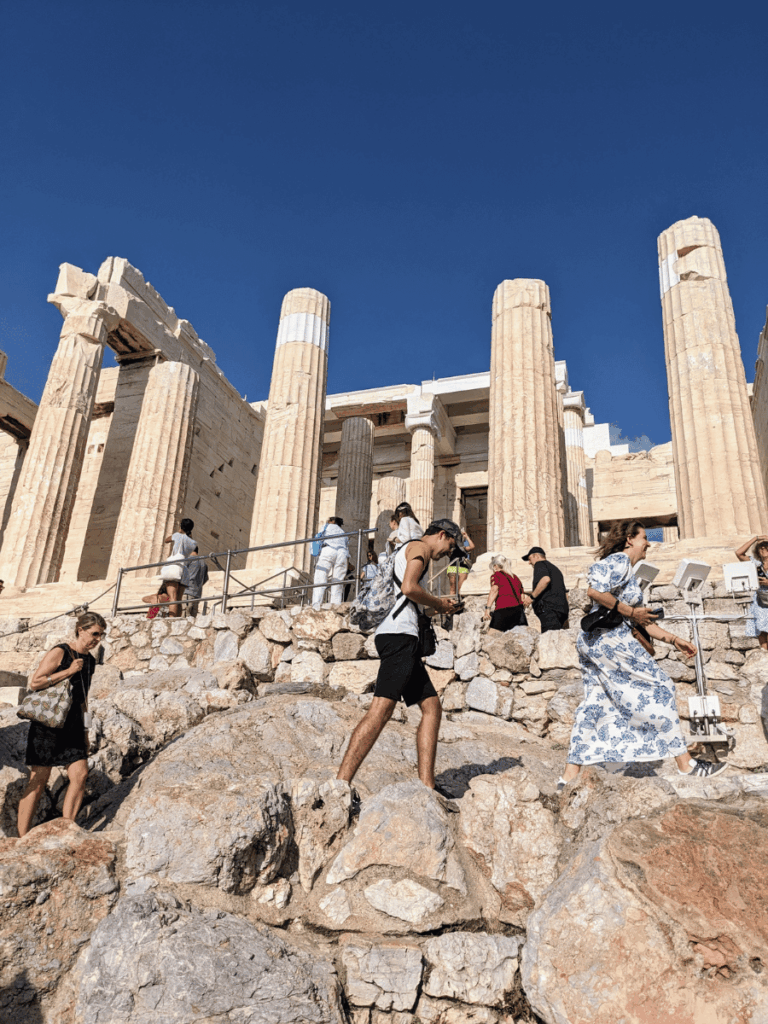
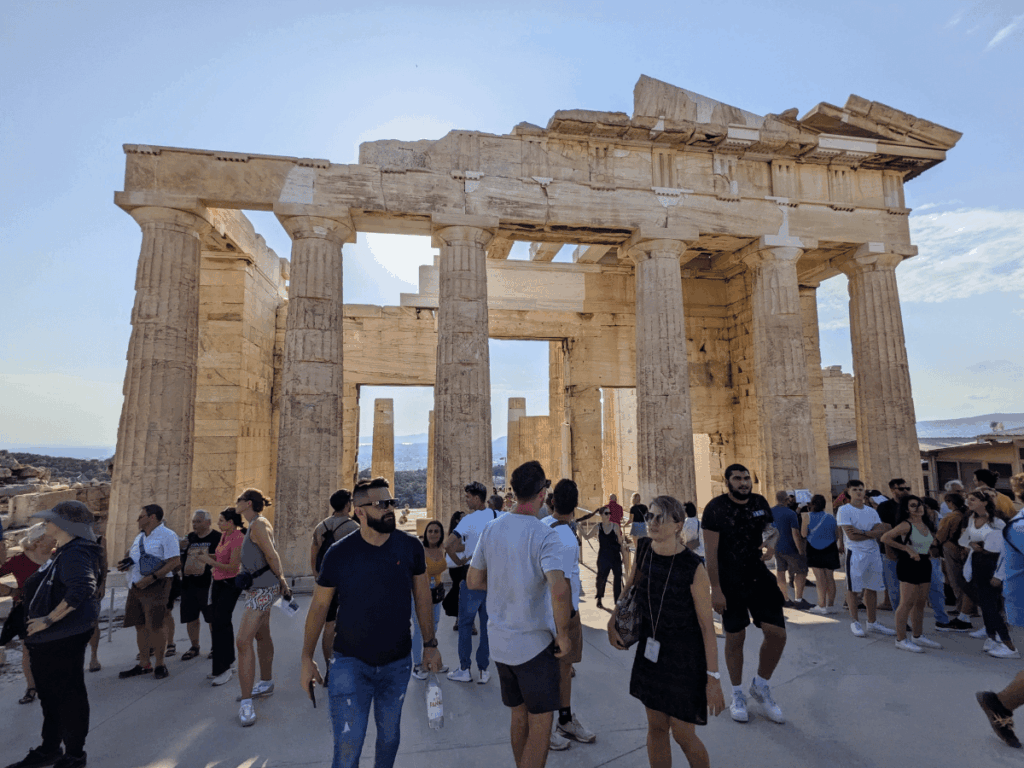
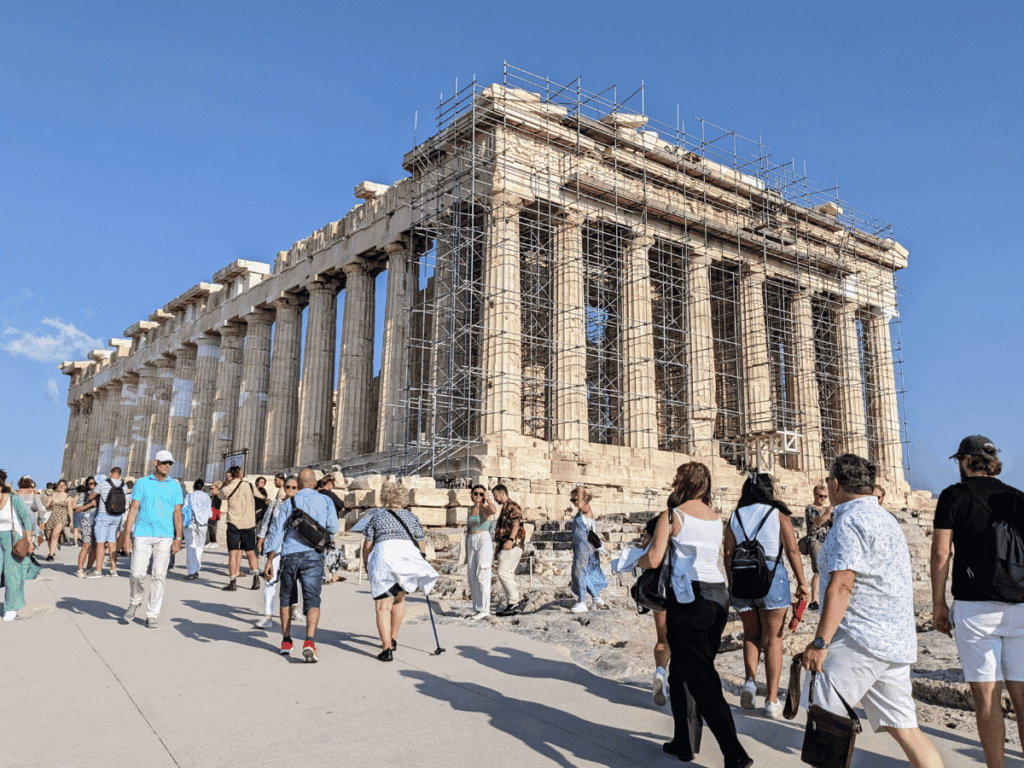
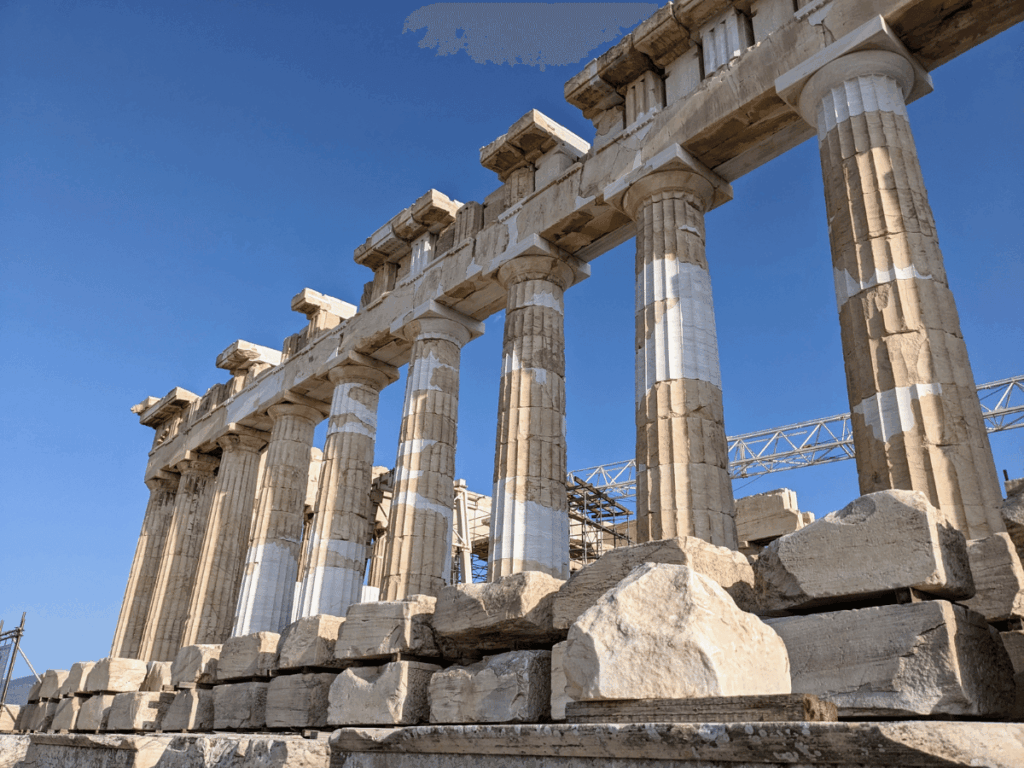
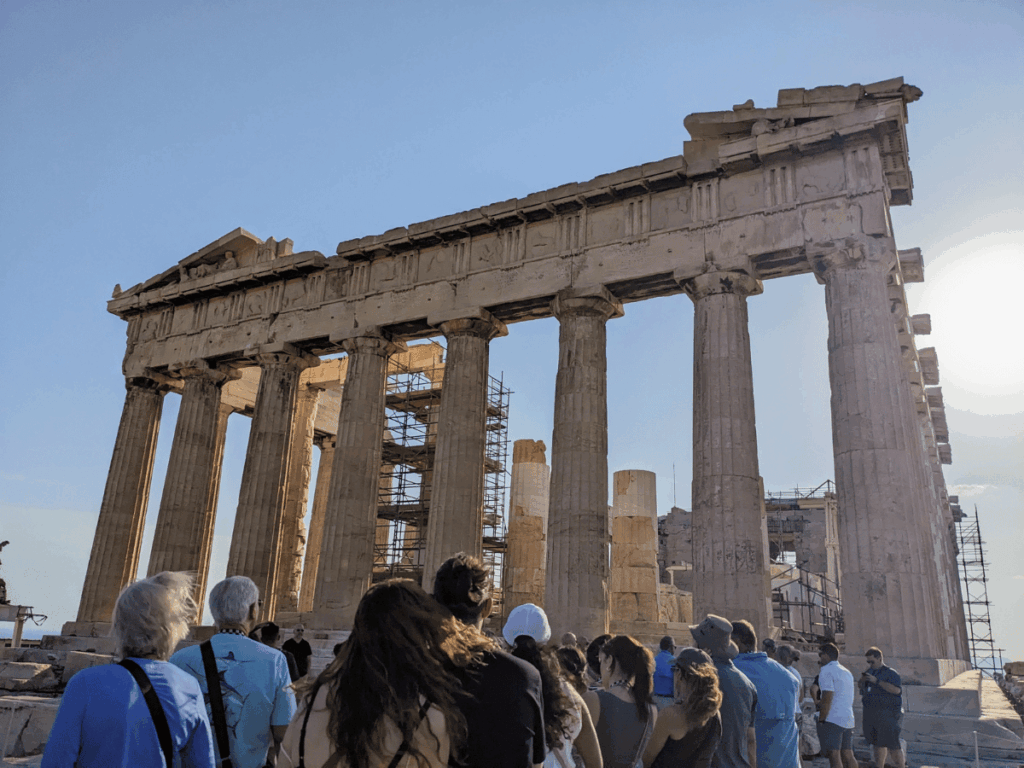
It’s hard to describe what it felt like to walk up there, cross the ceremonial gateway, and see the Parthenon up close. It is a mix of wonder, awe, and sadness for its destruction and current state. Unlike many other sites, it is crowded; the Acropolis is the number one tourist attraction in Greece. The site guardians ensure tourists respect the boundaries of the fragile structures, don’t hurt themselves or others, and don’t otherwise engage in inappropriate activities or behaviours, which, unfortunately, includes anything resembling a religious action. Even taking a photo with your arms raised can prompt them to demand that you delete it from your phone. However, you can find an out-of-the-way spot to sit, and if you’re patient, you can have quiet moments as the crowds come and go, and pray, softly sing a song, or make a subtle offering (water in a drink bottle comes in handy).
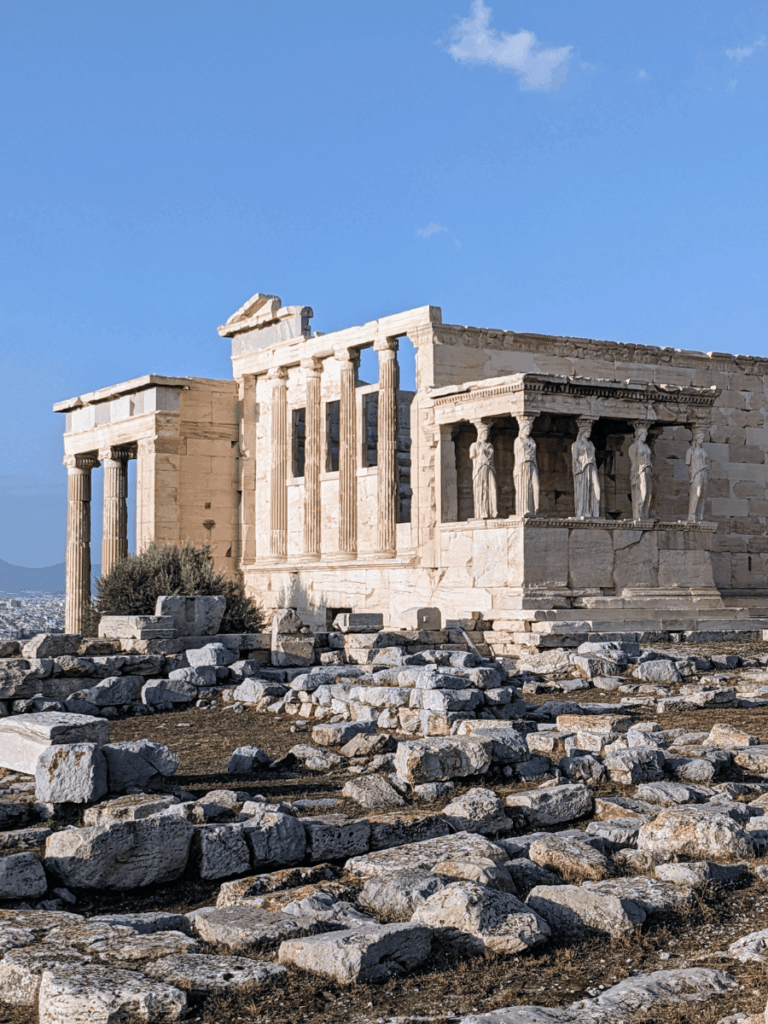
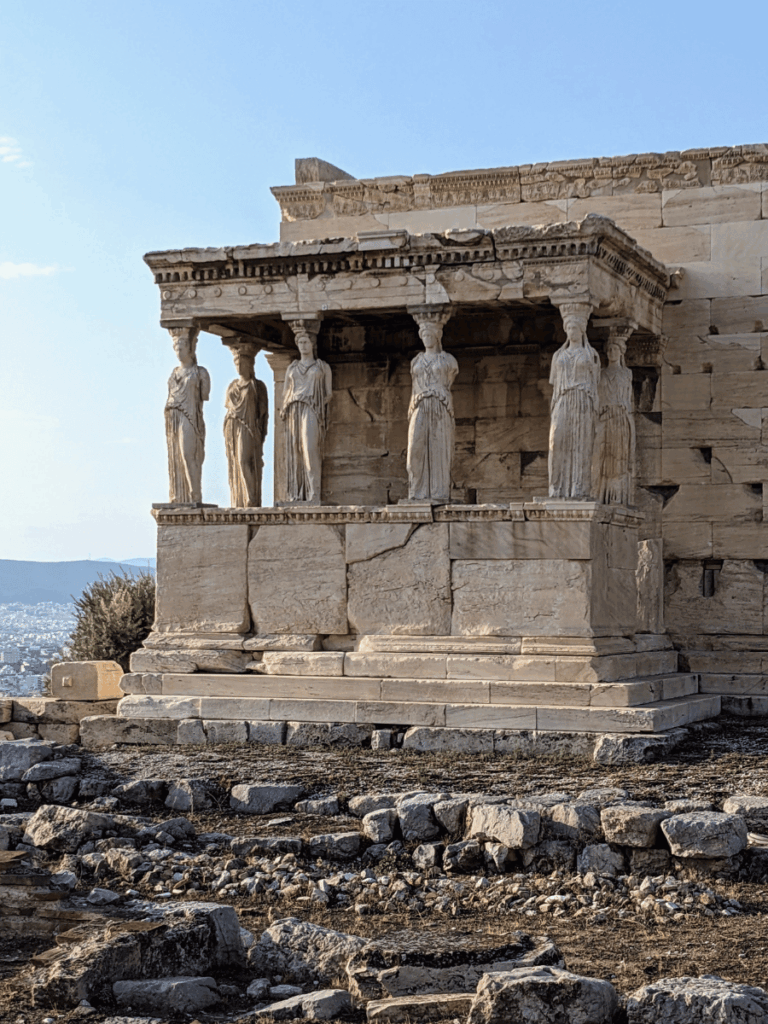
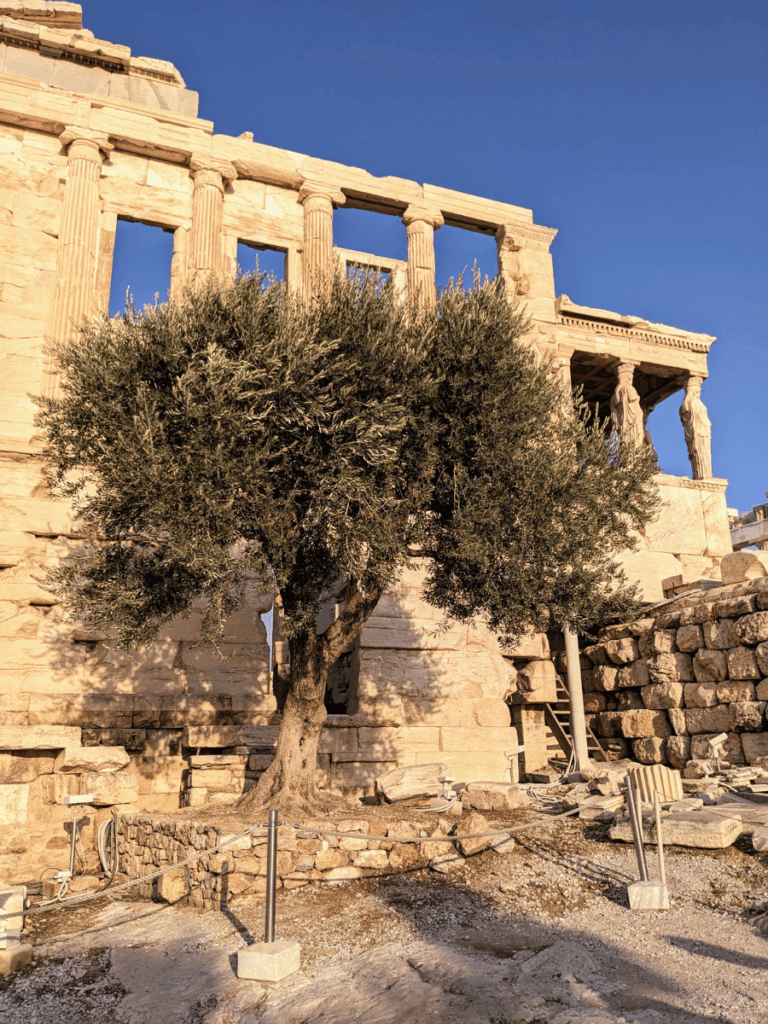
“Athena wants to know why you don’t worship her anymore,” Fio Gede Parma said once in a reading, many years ago. How could I ever have stopped? I renewed my vows to her on that day while sitting on a boulder outside the Parthenon.
We lingered as long as we could. As soon as the sun goes down, the guardians push everyone to leave, and we did, slowly. We meandered down as the sun set, casting its golden light on the various temples and other structures of the Acropolis. There were few tourists around by then, and it was magical.
The Acropolis Museum
We visited the Acropolis Museum the next day. It is extraordinary. As its name suggests, the museum showcases the findings from only one archaeological site, the Athenian Acropolis, and that includes many artifacts associated with various gods; however, ultimately, it’s the Athena show.
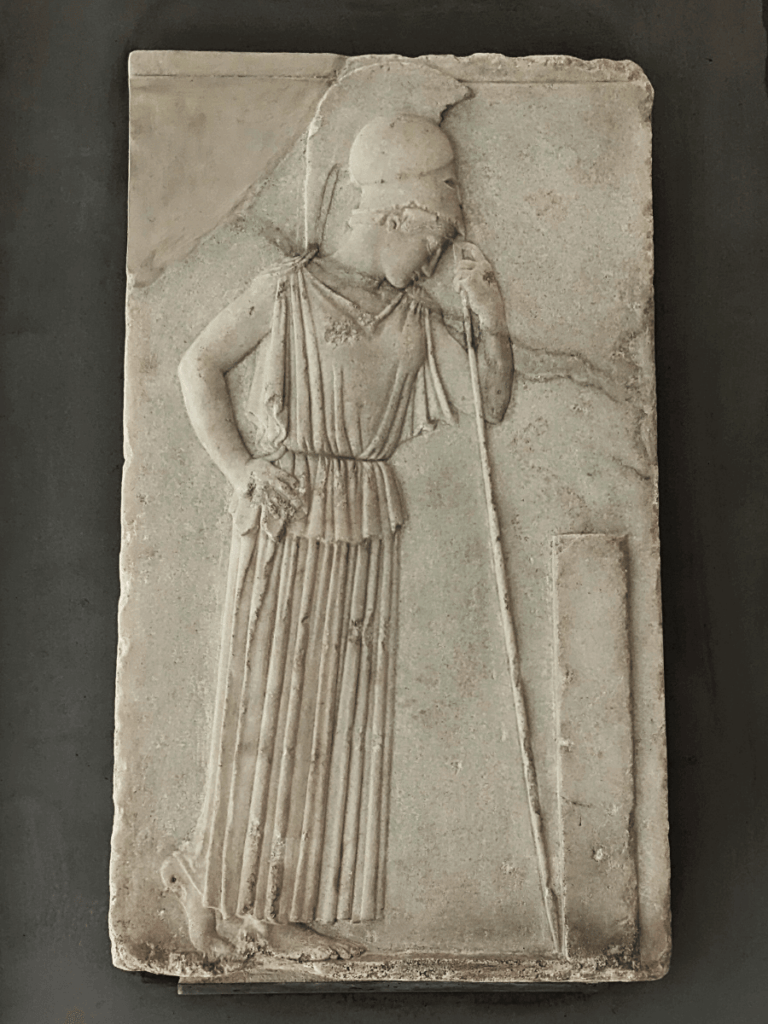
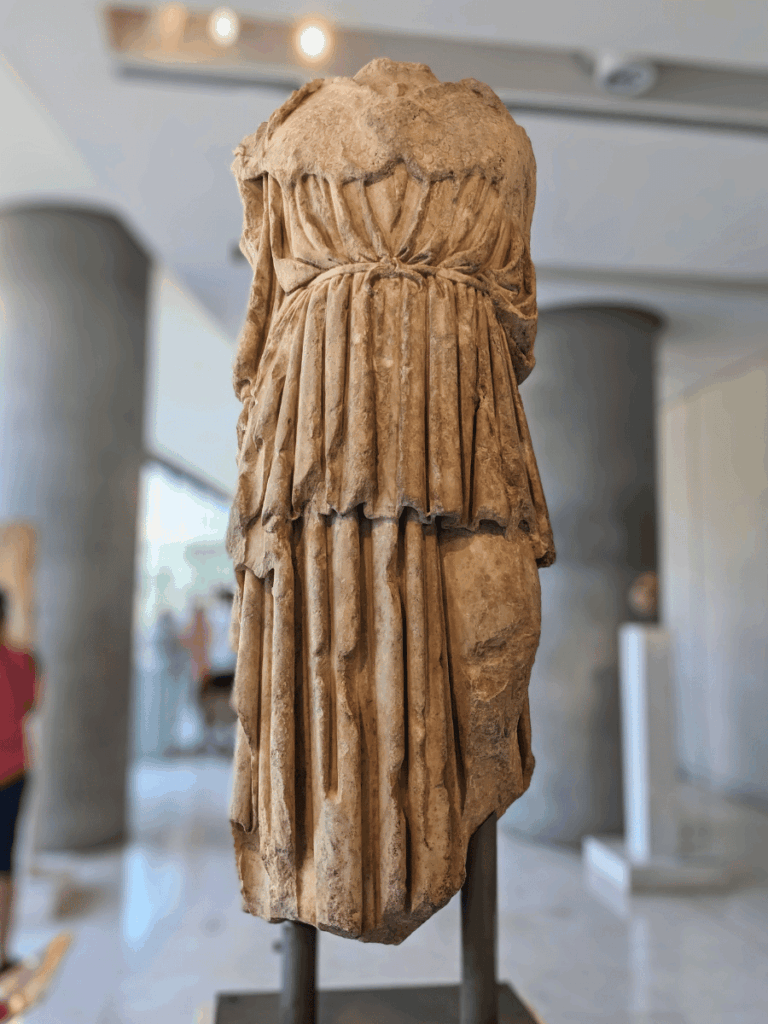
Photos aren’t allowed in some galleries, but I hold the memories close. Some of my favourite representations of Athena are here: the archaic, snakey Athena from the Gigantomachy pediment from the Old Temple of Athena; the Pensive Athena, which is sometimes called the Mourning Athena; and a part of a Roman replica of the Athena Parthenos, whose original once stood at the heart of the Parthenon. It’s said she was over twelve metres tall.
Beyond Athens
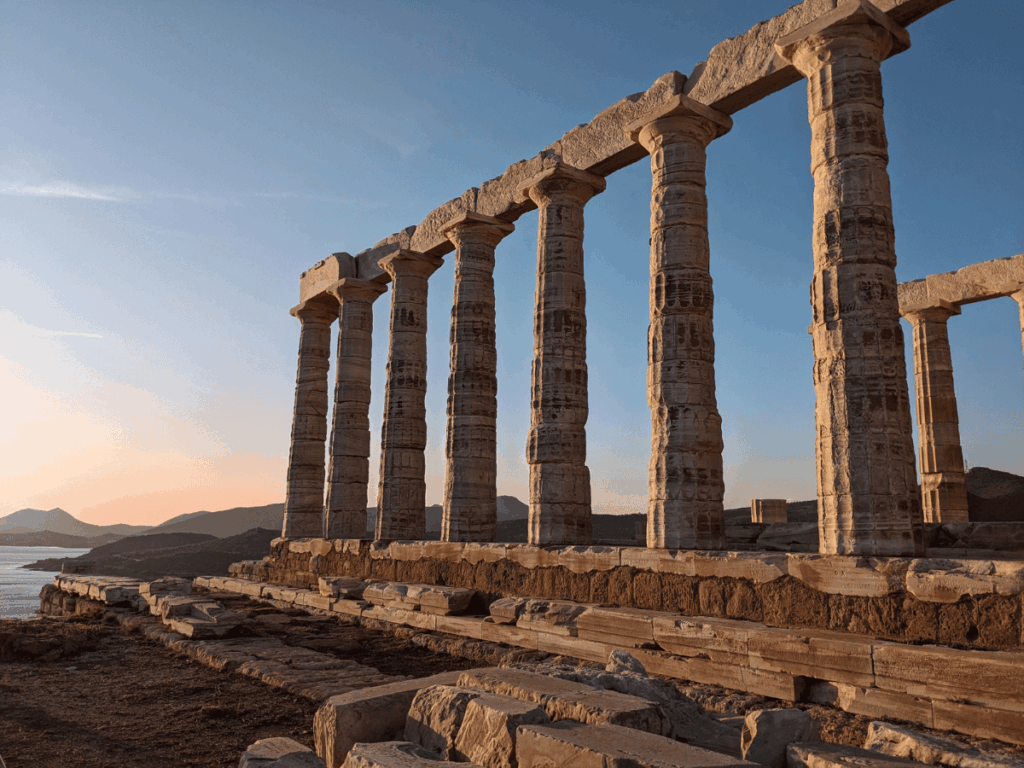
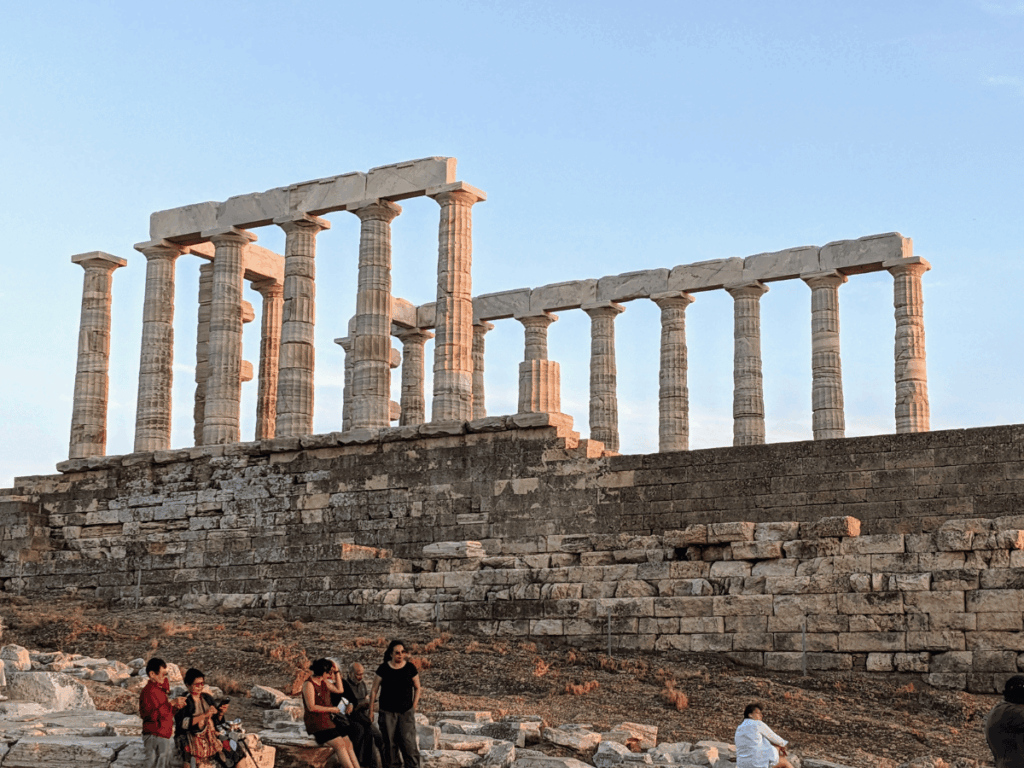
On our last day in Athens, we travelled an hour south by car to Cape Sounion to visit the Temple of Poseidon at sunset. Our driver said there was a temple to Athena on the site, “just to remind him who’s really in charge.” Only the foundations and a few scattered fragments of the Temple of Athena Sounion remain.
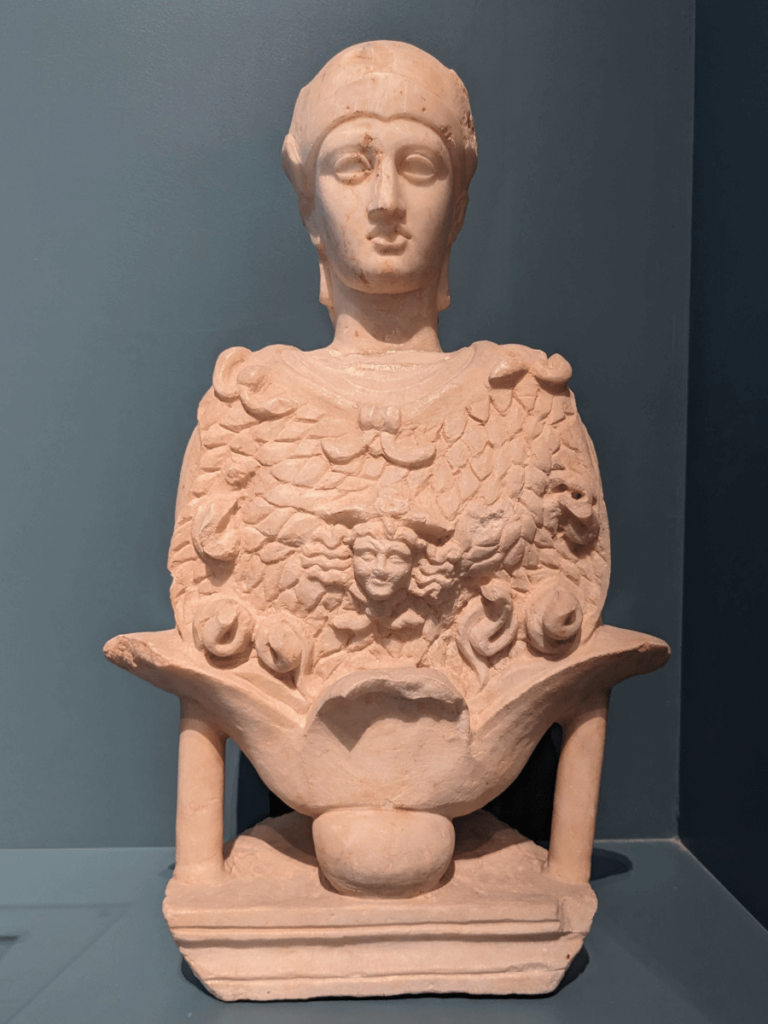
We stopped at Eleusis on our way from Athens to the Peloponnese region. Athena is also present at Eleusis. In the Homeric Hymn to Demeter, Pallas, “the one who rouses to battle”, was among the maidens with Persephone who “were playing and gathering lovely flowers “. But Athena’s role in the Eleusinian Mysteries seems to be more administrative. The annual procession to Eleusis began at the Eleusinion, a sanctuary on the lower part of the north slope of the Acropolis. Athena served as a protector of the sanctuary and, by extension, Eleusis, its mysteries, and its initiates, reflecting her broader role as a civic and sacred guardian across Attica and perhaps signifying her approval of the Mysteries.
Modern devotion
Standing amongst the ruins of all these sacred places—the Parthenon, the Temple of Athena Sounion, and Eleusis—I understood something profound about the nature of divine presence. Much as I would love to see them restored or new ones built, Athena doesn’t need perfect temples or pristine statues to make herself known. She exists in the wisdom of ancient stones, in the strategic mind that plans a pilgrimage, in the craft of storytelling that preserves sacred memory.
Our journey to Greece was everything I’d hoped for: a return to ancestral lands, a meeting with family both human and divine, and a pilgrimage that transformed us both. For my husband, it was a homecoming to his parents’ villages and culture. For me, it was a homecoming to the goddess who had been calling to me since my university days, patiently waiting for me to answer fully.
The crowds at the Acropolis, the restrictions on pagan religious expression, the heat and the queues—none of it diminished the power of standing where countless others had stood before, seeking wisdom, offering devotion, asking for guidance. Devotion to Athena, service to the ancient goddess in this modern world, doesn’t require ancient temples or formal ordination. It requires only the commitment to seek truth and justice, to craft with intention, to protect what is sacred, and to bring wisdom into the world in whatever way we can.

